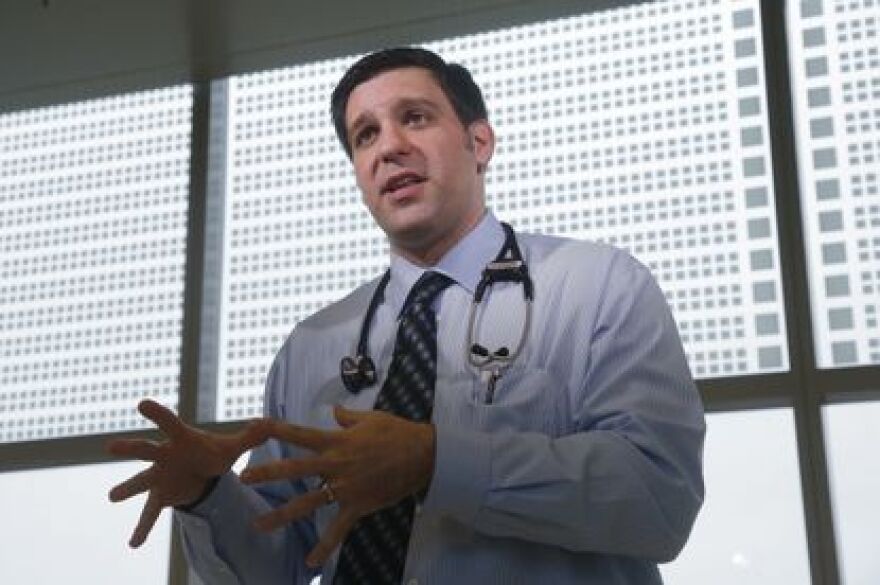So a team of researchers at the National Institutes of Health started a clinical study to find out how prevalent COVID-19 was all over the United States.
Michelle O'Neill reports the peer-reviewed study found there were four to five times more undiagnosed cases of COVID-19 for every known case.

https://www.niaid.nih.gov/research/matthew-j-memoli-md-ms
/
NIAID NIH
Lead Investigator, Dr. Matt Memoli, and his team worked with two universities to conduct the study entitled, "Undiagnosed SARS-CoV-2 Seropositivity During the First Six Months of the COVID-19 Pandemic in the United States."
The clinical study is online published by "Science Translational Medicine."




